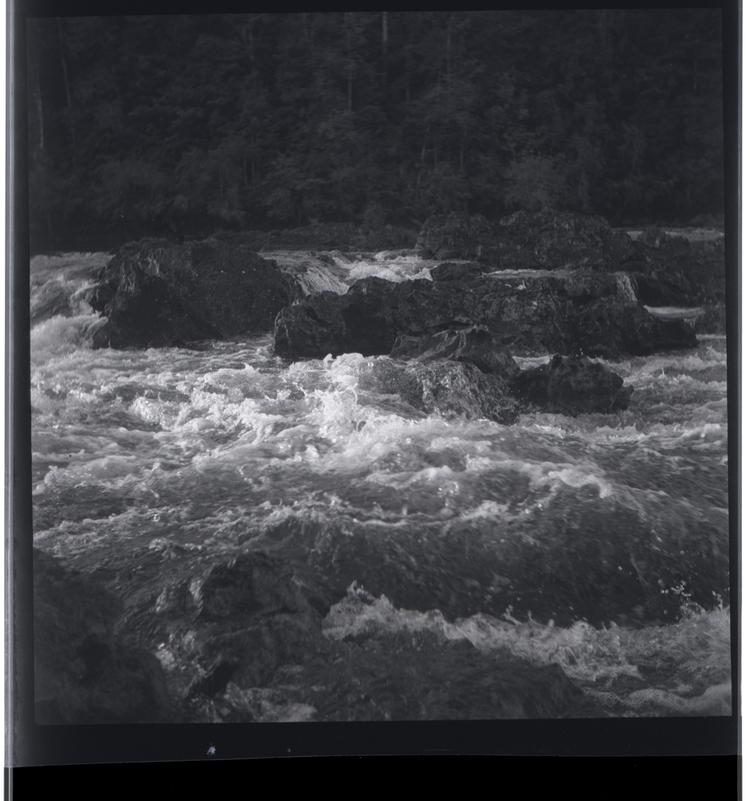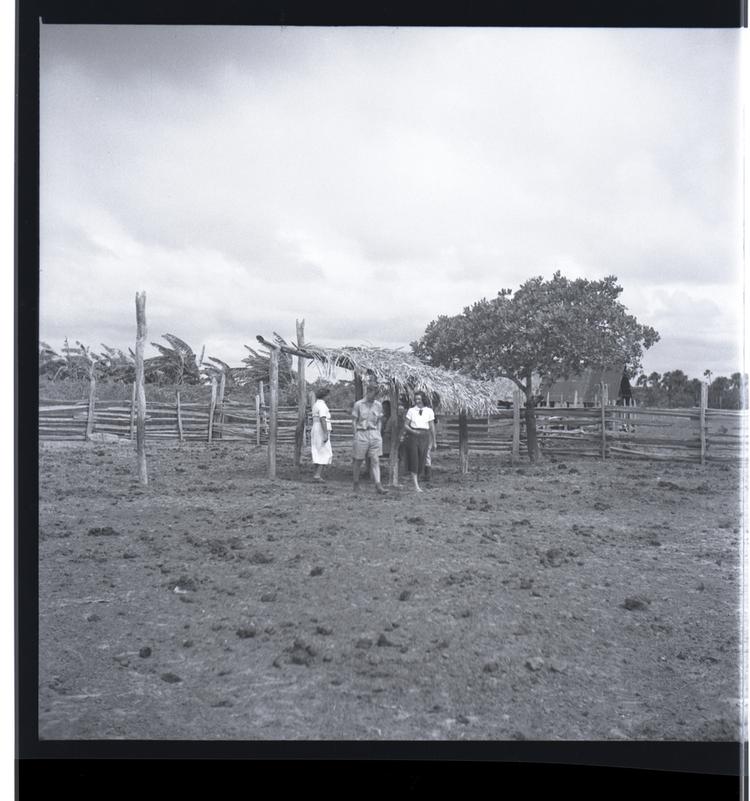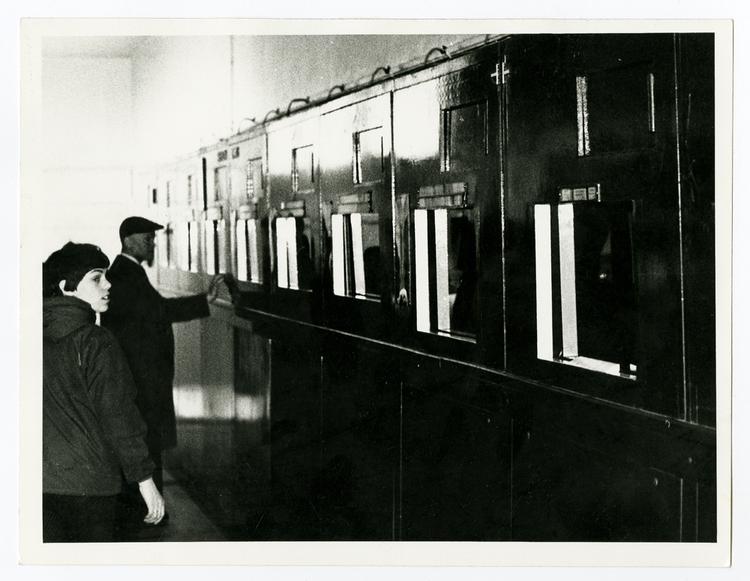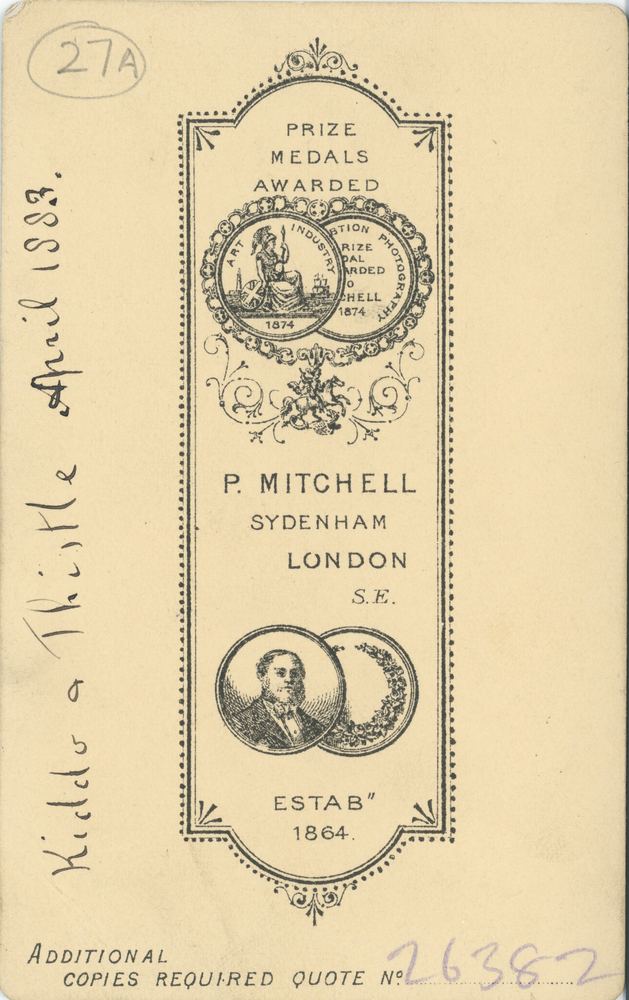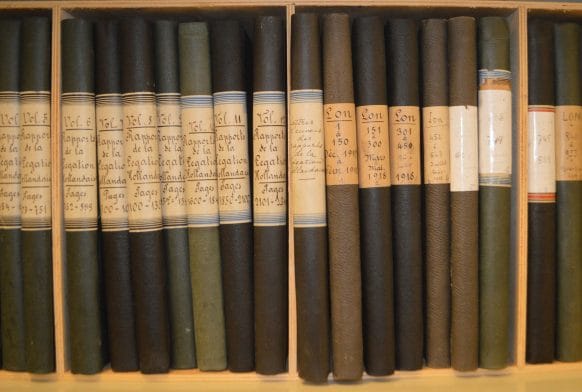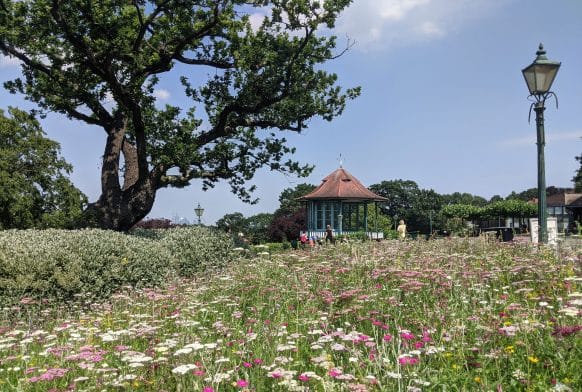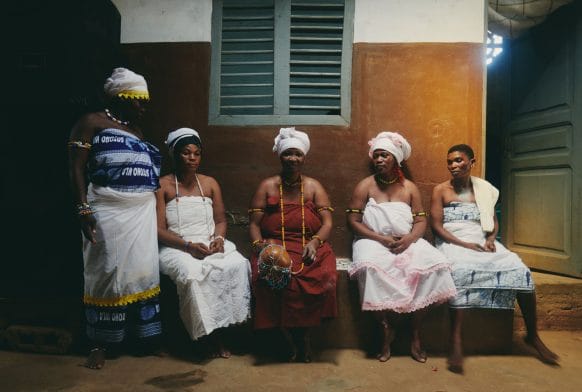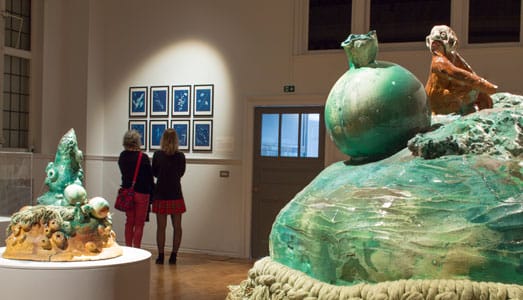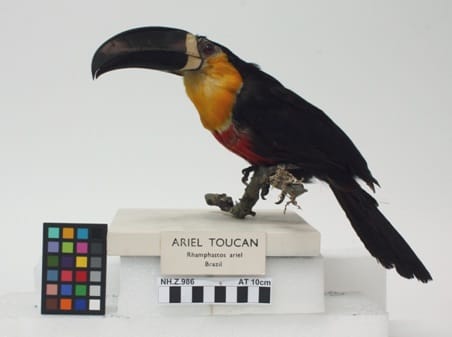
A press cutting of an article describing the visit to the museum on Friday by Englishmen but most notably important members from Japan, all identified from one association known as The Japan Society. The article mentions the great lengths Mr F. J. Horniman went to, to welcome the members of this influential society, of which he is a member of. The article describes the décor as being very beautifully lit with illuminating lights, both in front and back of the museum but all ruined by the heavy downpour of rain. The exterior of the museum was decorated with Japanese lanterns which attracted pedestrians by, with the Union Jack and the Japanese flag being hoisted to welcome the distinguished guests. The article mentions the interior of the museum being more grandeur than the exterior, with arches decorated with Japanese flags and the Union Jack and Mr. Horniman’s banner, containing his coat of arms with the motto ‘Hope in God’. The article describes what is shown in the Japanese section of the museum including Japanese Gods, other figures of Rakans, or Buddhist saints, a Japanese Cloisonne enamel vase from Nagoya and two inlaid panels on zebra wood representing Japanese warriors, this is then followed by a 5pm reception held by Mr. Horniman to welcome each guest. A list of notable Japanese members are listed to have visited with other English ladies and gentlemen are listed to be present at the time such as: Mr. R. Tayui and Mr. C. Holmes (honorary secretaries), Mr. Paul Bevan (honorary treasurer), Mr. J. Mogford (honorary librarian), and Mr. A. Brice (assistant secretary), Sir Edward Read, K.C.B., M.P (Vice-President), Mr. R. Quick, curator of the Museum and a member of the Japan Society, Mrs. R. Quick, and Mr. Purdon Clarke (Director of South Kensington Museum). The article includes an excerpt from a telegram from his Excellency Viscount Aoki, President (the Japanese minister now in Berlin), regretting not being able to attend the visit as his official duties does not permit him to do so. Other letters of regret were received from the Lord Mayor, and Mr. and Mrs. Emslie Horniman. The article mentions how the visit came about with Mr. Horniman attending Lord Mayor’s reception at The Mansion House in July and upon meeting His Excellency, extending the invitation. The article ends with great praise of Mr. Horniman and being a ‘kind-hearted friend’ of the neighbourhood.



